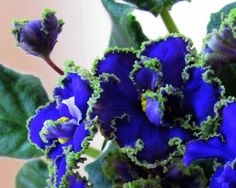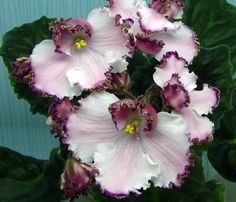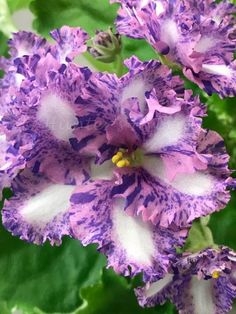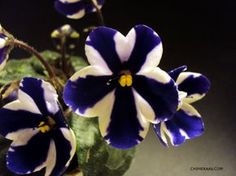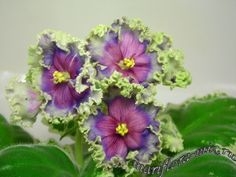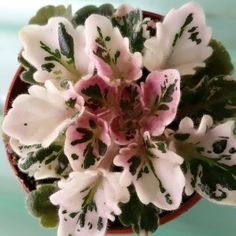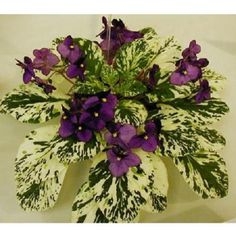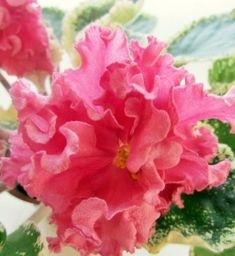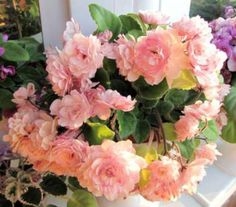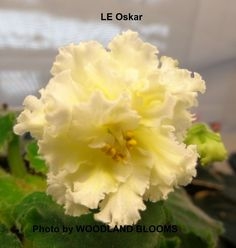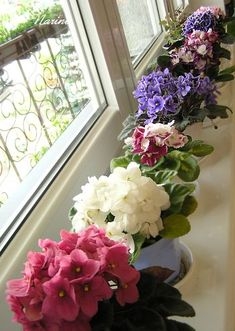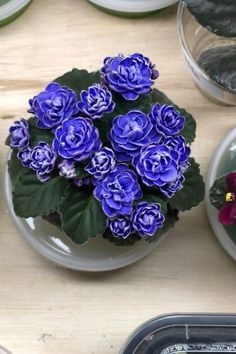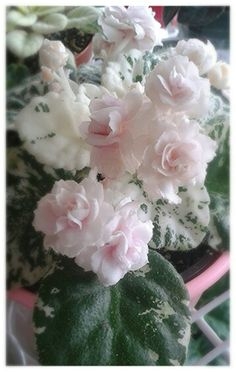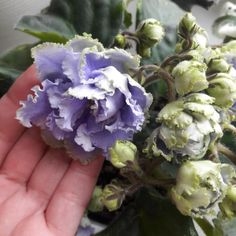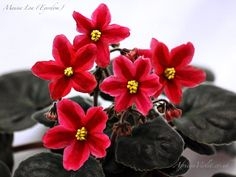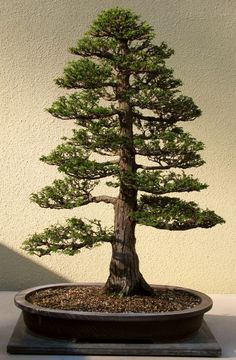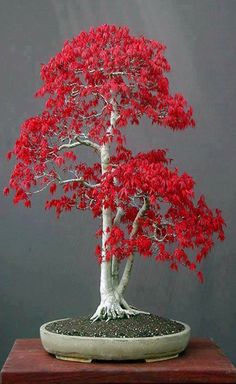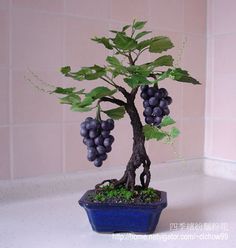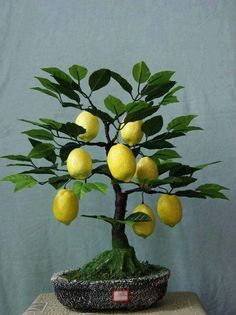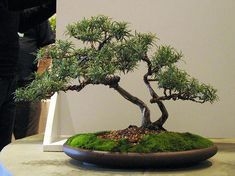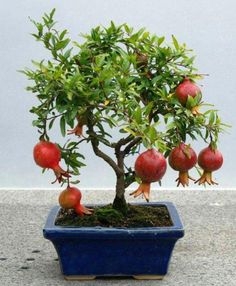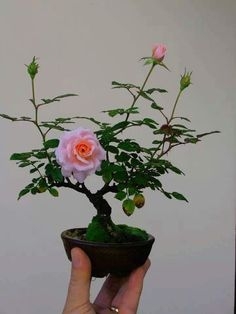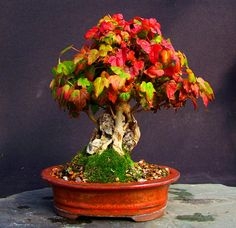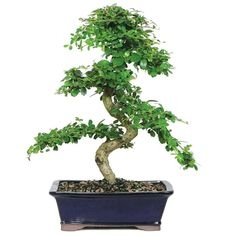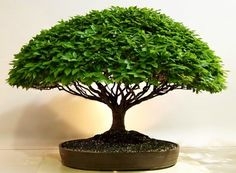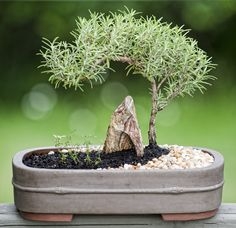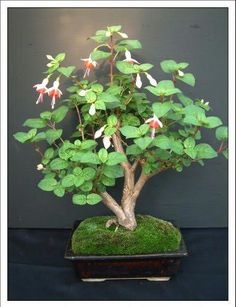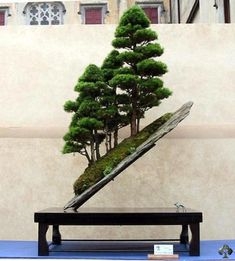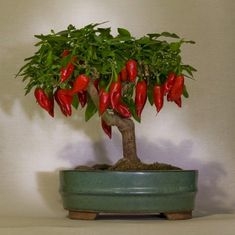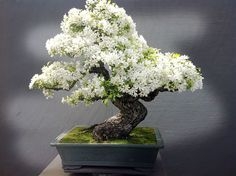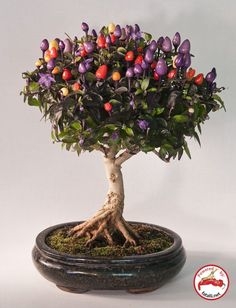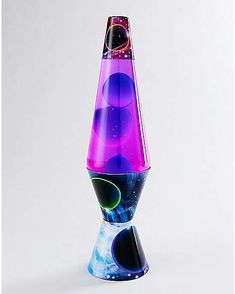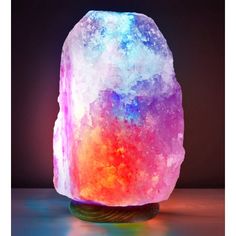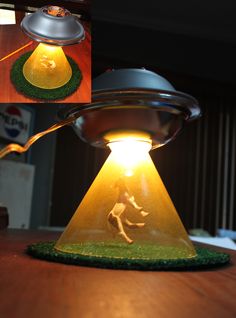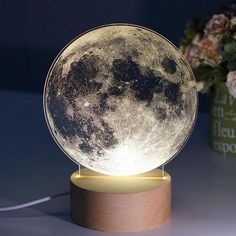Got room on a dresser or counter and the area needs some color? Try African violets. I used a 3-foot fluorescent light on a counter and grew over a dozen plants. My plants came from Marion Burtz the violet lady that sold milk west of town years ago.
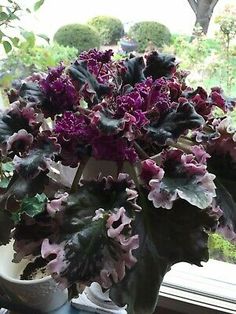
They grow around 8 inches in diameter; however, some will grow up to 24 inches in diameter. There are miniature varieties getting around 2 inches in diameter. Also, there are trailing varieties for spreading in larger pots or hanging baskets.
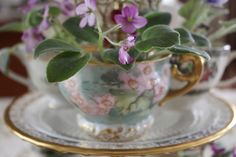
Use room temperature water as you should for all houseplants, watering when dry. When grown they require a 4-to-5-inch pot. So, you can grow a lot of different varieties in a small area. Give artificial light or a partial sunny east windowsill for healthy plants.
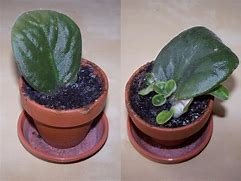
To propagate, remove the leaf and stem and insert in moist sand or peat mix. In around a month a new plant (like the parent plant) will form to be transplanted. Violets will sucker a little when they do remove the sucker to maintain the parent plant.
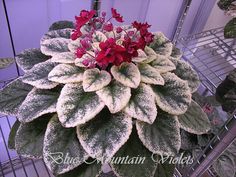
They are native to the forests of Tanzania (Africa) and Kenya and are at risk of being endangered by deforestation. They were found by a German botanist and brought to Europe in 1884. The original violets had purple flowers. This plant has a habit of mutation which produced different flower colors, leaf colors and textures, and size differences.

